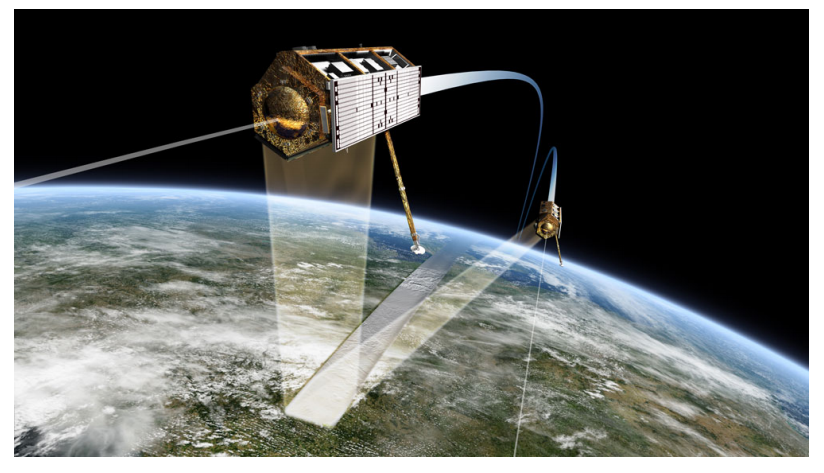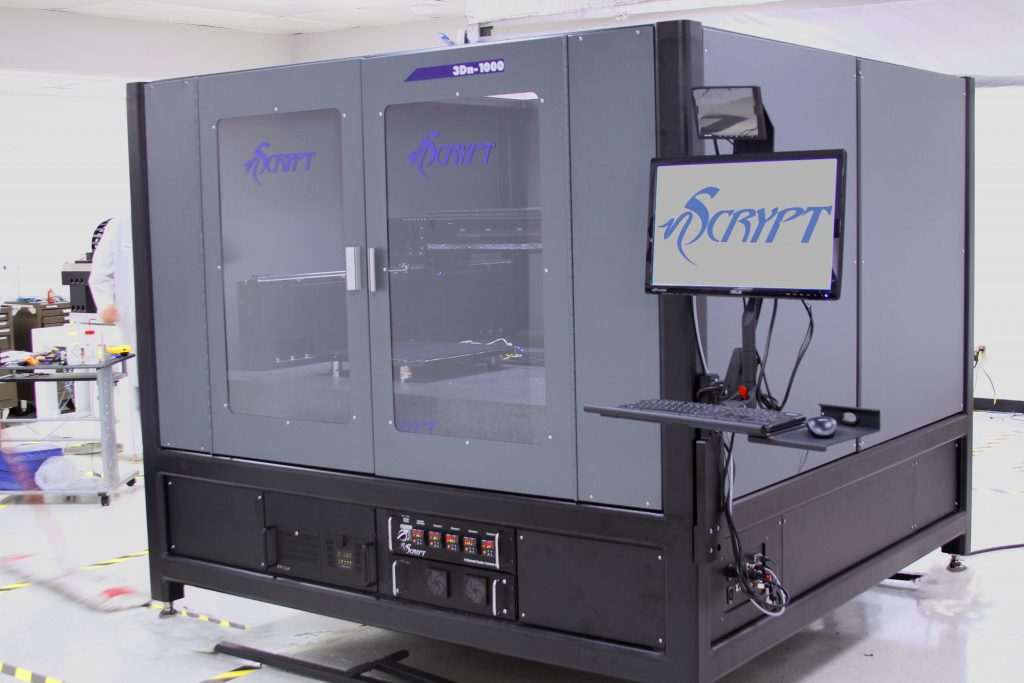In the recently published ‘A 3D Printed Compact High-Efficiency Magneto-Electric Dipole Antenna Sub-Array for Millimeter-Wave Multi-Beam Applications,’ authors Liyue Zhao, Yujian Li, and Junhong Wang—all from Institute of Lightwave Technology, Beijing Jiaotong University—explore the fabrication of a new 3D printed 2 × 2 multi-beam magneto-electric (ME) dipole metallic antenna subarray. In this study, the authors proposed a topology of a beamforming network, comprised of four 3-dB couplers that are filled with air.
Antennas are significant to many applications around the globe today, but specifically to the arena of mobile communications. Many different types of hardware and power consumption are cost-prohibitive though on the larger scale, as each element must be connected with a radio frequency (RF) chain; however, hybrid analog and digital beamforming are promising for decreasing the amount of RF chains. Passive multi-beam antennas are becoming more popular also as they operate at the millimeter wave and are also affordable to create. The authors point out that beamforming networks are restricted in some cases, and also have other common issues:
“Recently, several modified beam-forming methods based on the multi-layered substrate-integrated geometries have been investigated to increase the array size and to enhance the achievable number of radiation beams,” said the authors. Unfortunately, due to the existence of the dielectric loss, the insertion loss of the substrate-integrated beamforming networks increased significantly with the size of the array. As a result, the reported multi-beam arrays suffered from a low radiation efficiency. In addition, the beamforming network with a size not larger than the radiating aperture was still not easy to fulfill, especially for the array with the two-dimensional multi-beam radiation.”
Ultimately, 3D printing offers new options—and benefits for fabrication of antennas. While bandwidth and high gain features have been created though at both the microwave and millimeter-wave frequencies, millimeter-wave multi-beam antenna array has ‘seldom’ been touched on in research.

Topology of the proposed beamforming network feeding the two-dimensional multi-beam ME-dipole subarray.
For this study, the researchers suggest a 2×2 two-dimensional multi-beam subarray, with four 3-dB couples. This topology offsets challenges with the multi-layers planar geometry, and allows for compact size. Also, with two sets of couplers at the same height, the beamforming network size is shortened also—when compared to more basic topologies. The metallic 2×2 ME-dipole antenna array is made up of four planar metal patches which work together as a set of electric dipoles. The ground plane relates to the four vertical walls in an L-shape.

Geometry of the 2×2 ME-dipole array with the tapered waveguide connections. (a) Perspective view, (b) top view, (c) perspective view of the tapered waveguide connections.

Dimensions of the Proposed 2×2 ME-Dipole Antenna Array With the Tapered Waveguide Connections (Units: mm)
The research team created a prototype via metal 3D printing with aluminum alloy AlSi10Mg powder.
“In terms of the bandwidth, due to the wideband performance of the aperture-coupled ME-dipole elements, the operating bandwidth of about 20% can be achieved by the array in and this work, which has superiority in comparison with the counterparts in [12] and [23]. More importantly, as the dielectric loss is prevented completely in the proposed beamforming network composed of the air-filled waveguides, a remarkable improvement in the radiation efficiency can be observed in this work. As a result, the 3D printed multi-beam subarray has the gain of about 1 dB higher than the reported results,” concluded the researchers.
“The proposed 3D printed multi-beam subarray can be utilized for designing the sub-array level beam tuning array with a large size, which is valuable to the millimeter-wave multiple-input multiple-output applications.”
The technology of 3D printing has been associated with many different innovations regarding the design of antennas, from the nanoantenna to those created for SAR systems, and so much more. What do you think of this news? Let us know your thoughts! Join the discussion of this and other 3D printing topics at 3DPrintBoard.com.
[Source / Images: ‘A 3D Printed Compact High-Efficiency Magneto-Electric Dipole Antenna Sub-Array for Millimeter-Wave Multi-Beam Applications’]
The post 3D Printing Better Antennas for Millimeter-Wave Multi-Beam Applications appeared first on 3DPrint.com | The Voice of 3D Printing / Additive Manufacturing.






















